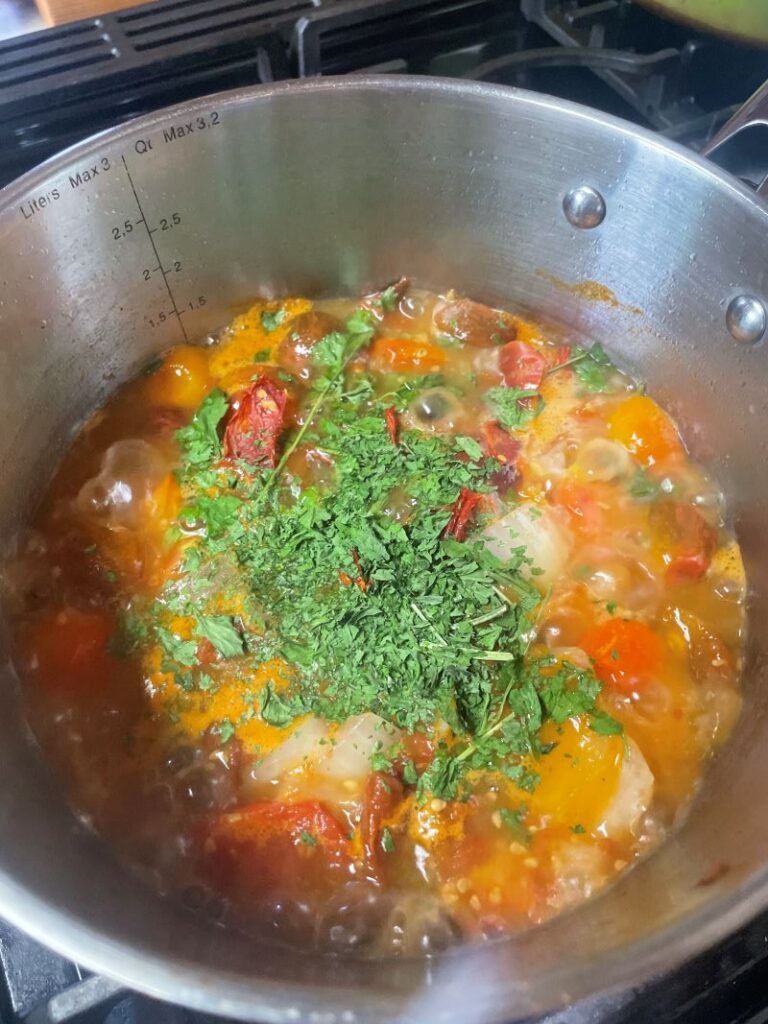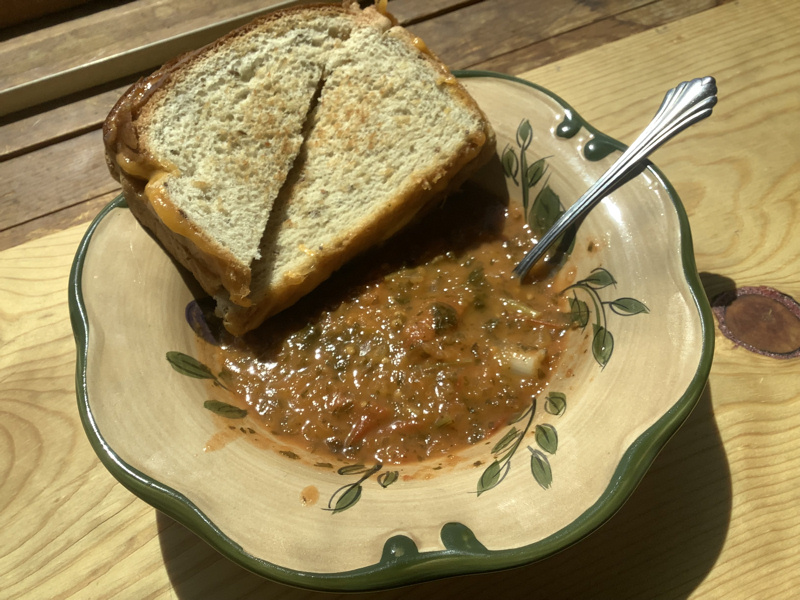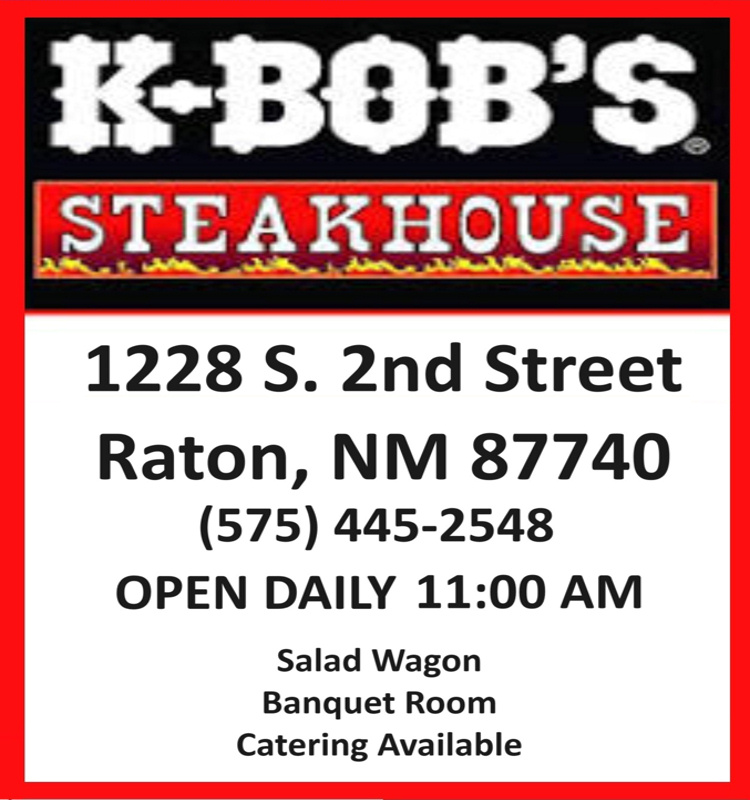Welcome to a potpourri of fun! On this page you’ll find the latest comics by Jari Thymian, a motivational quote, a crossword puzzle contest, and whatever else we decide to throw in here. Be sure to check back for the latest!
- Earth Corner – With Pat Walsh
- Riding the Santa Fe Trail – by Laura Brewer
- Every Day Should be Earth Day – Editorial by Laura Brewer
- Frank Mahannah – Gallery
- Madi’s Kitchen
- Mixed Bag – Comics by Jari
- Quotes & Riddles
Quotes & Riddles
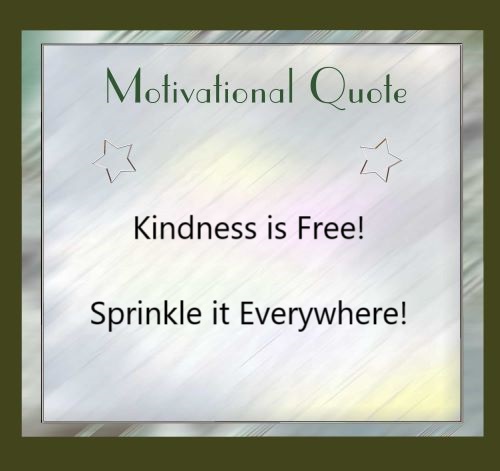


Mixed Bag – This week’s Comic by Jari
To see all of the previous comics by Jari visit the Mixed Bag – Comics by Jari page.
September 22, 2024 – What Are You Going to Be


Earth Corner – With Pat Walsh
A Message About Cats – Because I Love Cats
Posted September 1, 2024. Written by Pat Walsh
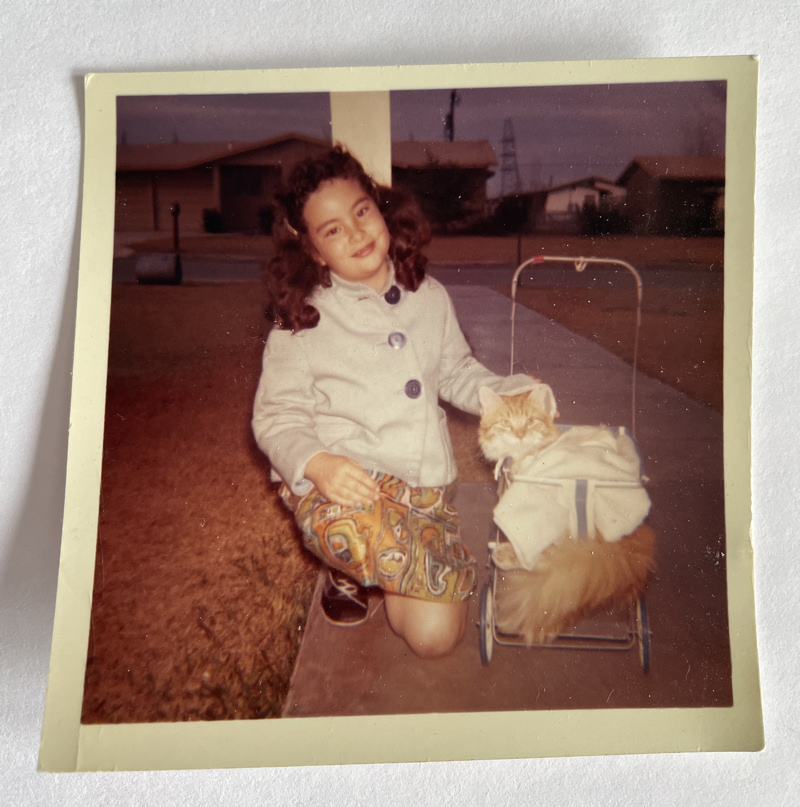
I fell in love with cats when I was seven. During an Illinois farm stop on a cross-country move, I wandered into an outbuilding where I was greeted by barn cats. I was hooked.
Six decades later, I’m still hooked. At present, I have two cats. More importantly, I volunteer with the Raton Humane Society to support our Trap-Neuter-Release program for feral cats. This grant-funded program spays and neuters feral cats so they cannot reproduce, then releases them back to where they came from. It is free!
Why does TNR matter? Well, some people love feral cats. Some people hate ’em. Recently the city has had to deal with angry residents demanding that officials do something about feral cats that a neighbor is feeding.
But what is a feral cat? What is a stray? Or a pet?
All are domestic cats. Both ferals and strays are considered unowned and live outside. But a feral likely was born outside, was not socialized or tamed when young, is afraid of people and will not be touched or held. A stray cat may be feral, or it may have been a tame pet at some point. Pet cats have owners, enjoy being touched, and may spend all or much time indoors.
And what about barn cats, like the ones I first met? They may have owners, but they may or may not be tame. Here, we often try to place ferals as barn cats.
Meanwhile, some local folks think of ferals as “theirs.” They may have been feeding the same cats for years and know them well.
The issue? Female cats can have kittens as early as six months old! (Yes, you read that right.) A female can have as many as five litters a year. If she has four kittens per litter, that’s maybe 20 kittens a year for her lifetime, which might be five to ten years.
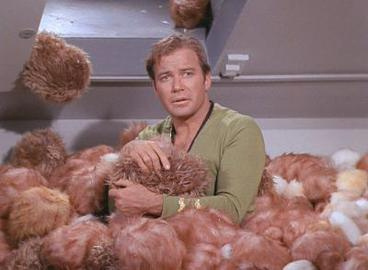
While some kittens won’t survive, you get the picture. Perhaps you watched the original Star Trek on TV and saw the episode “The Trouble with Tribbles”? (If not, I recommend!) A cute tribble is brought aboard the Starship Enterprise and soon reproduces, creating many lovable “purring balls of fluff” (per Wikipedia). But soon the Enterprise is swamped with tribbles threatening the crew’s food supplies…
I love cats. But I don’t want loose cats coming into my yard and killing birds or other wildlife. Scientific studies estimate cats kill more than one BILLION birds in the continental U.S. every year, and as many as four billion! Bird populations are falling dramatically from habitat loss, climate change, and, unfortunately, cats. Meanwhile, some Ratonians get annoyed when someone else’s cats use their yard as a litter box.
So my philosophy about feral cats boils down to a slogan I saw online: If you feed them, fix them. The next TNR clinic is Sept. 11, and it’s free. Call Raton Veterinary Hospital to reserve traps and get your ferals fixed.

Help our Earth – Editorial by Laura Brewer
Every day should be Earth Day, but officially we celebrate in the U.S. on Monday, April 22, 2024. Below is a graphic of some of the things one can do to help our Earth.
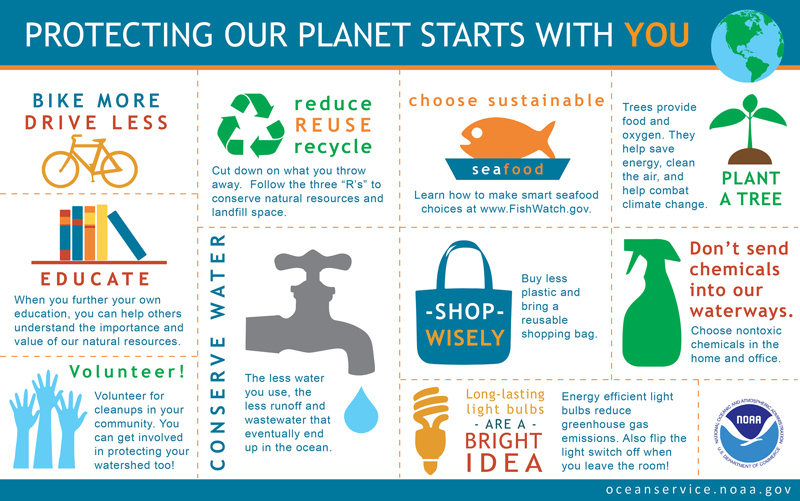

Posted September 27, 2024 – Provided by Laura Brewer
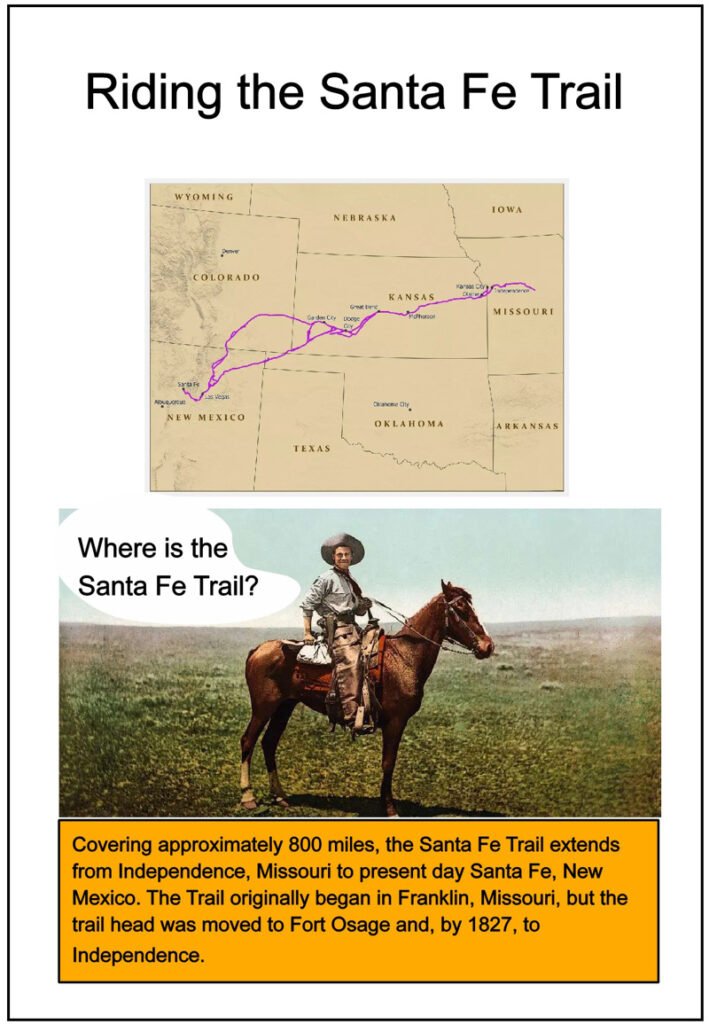

Madi’s Kitchen
Madi’s Kitchen is a delightful addition to our Potpourri page. Each week our young chef will provide a recipe that she has developed that has been tested on her friends and family. Read Madi’s Bio on the About Us page.
Nostalgic Tomato Soup – September 21, 2024
As autumn’s chill begins to creep into the nights here in Raton, there’s no better comfort than a steaming bowl of tomato soup (maybe with a grilled cheese?). This classic dish with its rich, warming flavors, is perfect for crisp fall days and will surely become a staple in your kitchen as the weather cools. While it might be a tad early to fully embrace autumn in all its glory, with summer ending and Halloween just around the corner, now is the perfect time to indulge in this nostalgic late summer treat.
In the past, tomato soup was a common feature of school lunches, first found during the Great Depression paired with a simple butter sandwich, a glass of milk, and perhaps a crisp apple or a hermit cookie. Their tomato soup snuck in a protein packed kick in the form of a scoop of peanutbutter for the base. While we might not see peanut butter in our tomato soup today, that combination is certainly an intriguing culinary curiosity!
I think it was also a smart move by the people making the school lunches to add extra nutrition, too! Did you know, school lunches have evolved significantly over the years? The origins of organized school meals can be traced back to late 18th-century Munich, where Count Rumford established meal programs for the pesant children who spent half the day at lessons in school and the other half in factories, making uniforms. In France, author Victor Hugo’s philanthropy in sponsoring school meals, and school administrator Victor Duruy’s push for a public initiative in the 19th century laid the foundation for widespread school lunch programs in that country, ensuring that all students, regardless of their financial status, had access to nutritious meals.
The challenges of feeding hungry children were highlighted in the United States in Robert Hunter’s 1904 book, “Poverty,” which spurred efforts to address this critical issue. He pointed out that laws required students to be at school, but didnt require them to be fed enough to concentrate while there. He estimated that tens of thousands of students in every large city were hindered by hunger. In less than a decade, many cities had established lunch programs, with teachers and parents coming together to provide meals and teach proper table manners. Like a potluck, parents would all bring what ingredients they could, and the group would prepare meals and eat together at one table. Lunch was a unifying and equalizing event. During the Great Depression, these programs became even more crucial, with out of work parents stepping in as lunch staff to help alleviate the burden on teachers. Post WWII and into the 70s and 80s, lunches became standardized nationwide and lunch quality began to slide. By the 1990s and 2000s, lunches were often devoid of nutrients, or otherwise rendered inedible. Recent years have shown a renewed interest in childhood nutrtion though.
Today, as we navigate the complexities of modern school lunch programs, there’s a renewed focus on ensuring that meals are both nutritious and appealing. A well-balanced lunch not only nourishes the body but also enhances your ability to focus and learn. Fresh local food–and a variety of it!–is key to growing strong bodies and strong minds, and Raton is stepping up to make sure kids have access to good food in the schools! Places like Ramel Farms and the Heirloom Shop, or the farmers market, have varieties of tomatoes that not only look pretty, but are packed with nutrients and flavors you don’t expect from a tomato.
So, as we get back to school, consider picking up a few tomatoes and curling up with a bowl of this heartwarming soup to be a history lesson in good eating. It’s a comforting nod to simpler times and a delicious way to embrace the bounty of the season!
INGREDIENTS:
- 2 tablespoons unsalted butter
- 1/2 large onion, cut into wedges
- 1 (28-ounce) can whole peeled or crushed tomatoes, or 3 cups freshly diced tomatoes
- 1 ½ cups water or chicken stock
- 1/2 teaspoon fine sea salt, or more to taste
- 1/4 cup dried parsley or celery (optional)
INSTRUCTIONS:
- Melt the butter over medium heat in a Dutch oven/cast iron or large saucepan.
- Add onion wedges and tomatoes and cook until softened. Add the tomato can juices if applicable and the water or chicken stock with 1/2 teaspoon of salt.
- Bring to a simmer. Cook uncovered for about 40 minutes, stirring occasionally. Adjust salt and spices as needed. I like to add dried celery and parsley, but pepper, cumin, and chiles all give your soup different vibes.
- Blend the soup to your desired consistency. If using a stand blender, blend in small batches and cover the lid with a kitchen towel to avoid splatters, otherwise it can burn!

